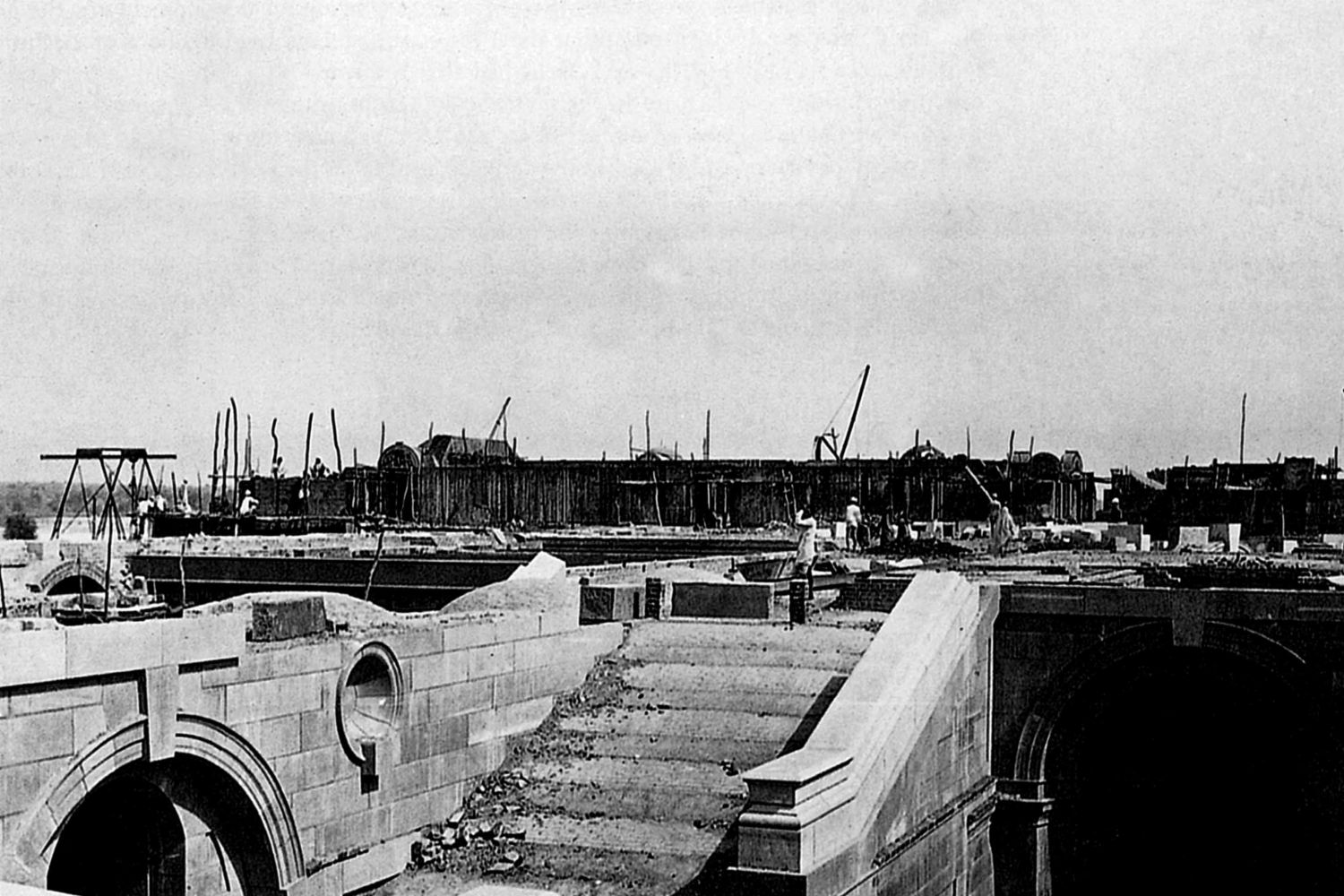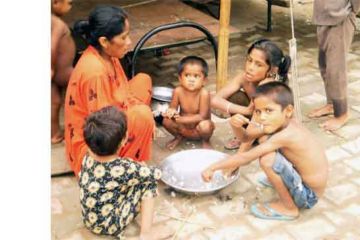
On December 12 last
year Delhi celebrated 100 years of the announcement by King George V that the
capital of India would be moved from Calcutta to Delhi, a year after the
Viceroy proposed doing so, for obvious geopolitical reasons. The announcement
was made by the British without any previous notification, during the
Coronation Durbar in a grand ceremony fusing the British and Mughal traditions
where they were proclaimed the Emperor and Empress of India, to commemorate
their coronation in
Continue reading “The natives strike back at the Raj”
Read this story with a subscription.





